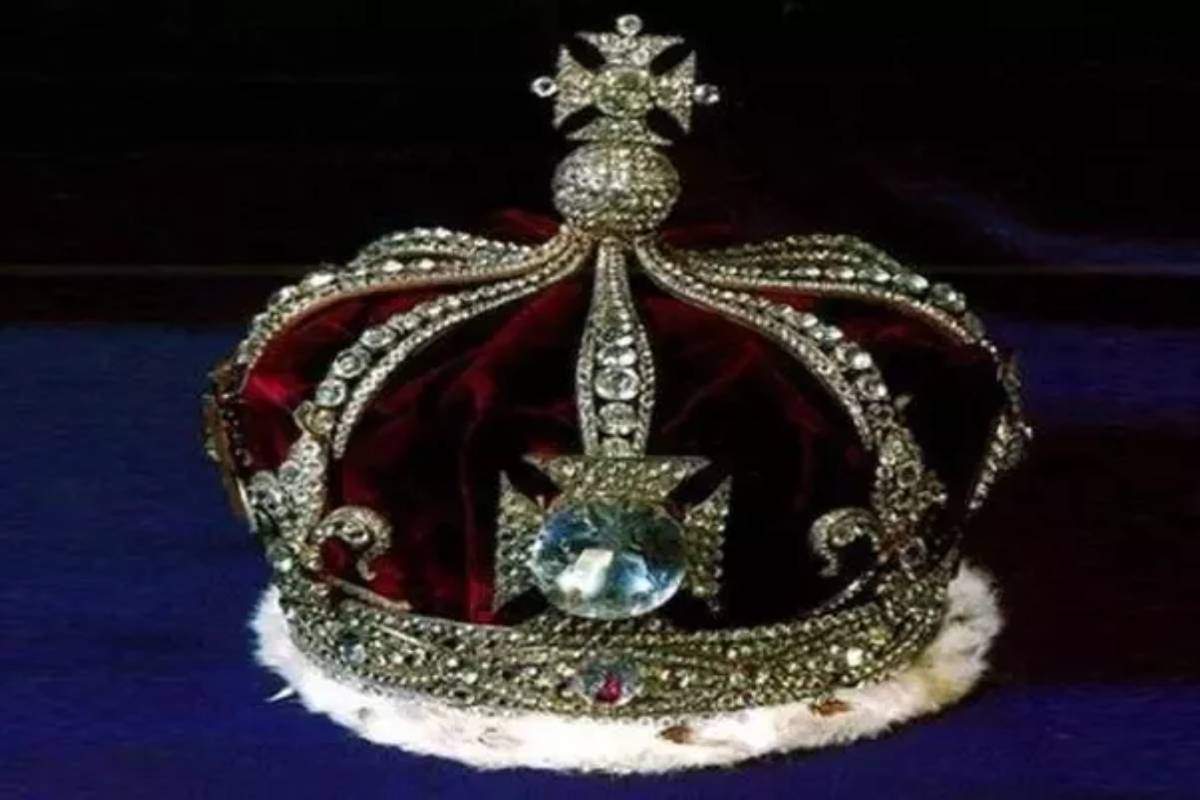Foreigners are delighted by positive vibes of Braj Holi
The vibrant festival of Holi, celebrated with exuberance and zeal across India, finds one of its most unique and spirited manifestations in the towns of Mathura and Barsana.
In 1854, when India was under British colonial rule, the then Governor General, Lord Dalhousie sent a 15 year old child for exile from Punjab to England.

Kohinoor Diamond; legends, folklore and a curse associated with it
In 1854, when India was under British colonial rule, the then Governor General, Lord Dalhousie sent a 15 year old child for exile from Punjab to England. Lord Dalhousie believed that the child was a threat to the British, so it was important to take him away from the mother, as she could influence him greatly. In England, this child was converted into Christianity and became a close aide to Queen Victoria’s son Edward William II. The responsibility of this child was given to the British crown and an annual stipend of £50000 was paid to him.
If we adjust it for inflation, it would amount to Rupees 650 million per year today. This child was not an ordinary boy; he was Prince Duleep Singh, son of Maharaja Ranjit Singh, the last ruler of the Sikh empire in India. Interestingly, four years before he was sent to England, in 1849 when the British defeated the Sikhs in the Anglo-Sikh war, Lord Dalhousie had ordered the 11-year-old Duleep to surrender a diamond to Queen Victoria. This was the Kohinoor diamond.
That year it travelled 6700 km on a ship to London. According to a legend attached with the Kohinoor diamond, it is considered to bring misfortune to anyone who possesses it. It is a superstition known as the curse of Kohinoor because every person who owned it, had to live a life full of bloodshed, violence and betrayal.
The Kohinoor diamond was kept in a tower of the London jewel house for many years, and there have been regular demands to get it back from Britain.
Advertisement
This Diamond was found in the Kollur Mines in the Golconda region
During the 18th century this area was the only area in the world where diamonds could be found. In 1725 diamond mines were discovered in Brazil.
It is believed the first mention of Kohinoor was in an ancient text that dates back to 1306. The problem is no one knows the name of the text or who wrote it. The first acknowledged written record of Kohinoor is from 1526 when the Mughal emperor Zahirudin Babar came to India. In Babar-Nama, he had written that it is a diamond which is worth half the daily expense of the world. It is believed that he had won the Kohinoor diamond as a tribute for winning the battle of Panipat.
The second mention of Kohinoor was by Shahjahan in 1628 when he commissioned his famous Peacock Throne. It took seven years for this throne to be built and it was four times as expensive as the Taj Mahal. When the Kohinoor entered the Mughal Empire, the strength of the rule began to decline, as the diamond was said to be cursed. After this, the diamond was passed on to Sikh Empire and it faced a similar fate. Afghan kings also faced the curse of this diamond.
India, Pakistan, Iran and Afghanistan have all claimed its ownership, but the UK government has denied it, stating it was obtained legally.
As the Kohinoor entered the British Empire, it gradually started to lose hold on its colonies including India, because of this supposedly cursed diamond. With time it has generated more curiosity and we still don’t know whether it is really cursed or not.
Advertisement